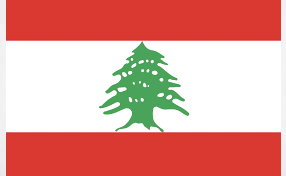1.0 Introduction
In 1989, ex-SAS operative Peter McAleese led a team of British mercenaries on a dangerous and controversial mission in Colombia. Over three years, the team made two risky trips to the country. The Medellin Cartel financed the first operation to attack the FARC headquarters. The Cali Cartel financed the second operation to eliminate Pablo Escobar. Escobar, the leader of the Medellin Cartel, was widely considered the most dangerous individual on the global stage at that time. The Cali Cartel was a rival to Escobar’s Medellin Cartel. The Colombian Armed Forces also assisted the mercenaries to a certain extent. The cartels and army provided financial and logistical support for the missions.
Both missions failed. The first was never carried out, and the second was unsuccessful. Nevertheless, the actors involved, the tactics employed and the objective of both missions had significant repercussions in the field of mercenarism and black operations.
2.0 What Do We Know About the Missions?
The rise of guerrillas like the ELN, FARC or M-19 in Colombia in the 1960s simultaneously drove the rise of paramilitary defence groups and militias. Organised defence militias were a direct response to a demand for increased security against communist-inspired guerrillas. This conflict, which involved governmental, non-governmental and organised crime groups (OGCs), attracted the presence of paramilitaries to Colombia. This included British mercenaries. Firstly, to target FARC headquarters, and later to target Pablo Escobar directly in his residency, Hacienda Napoles. After analysing both missions we can conclude that:
- British mercenaries remained under the operational control of drug cartels during the 2 attempted missions in Colombia.
- The liaison officer who connected the Escobar-led Medellin Cartel with British Mercenaries later provided the same connections to the Cali Cartel.
- Foreign private mercenaries were used because generals could not convince political leaders to attack. Diplomacy was considered more effective at the time. Instead of disobeying their elected leaders, the generals acted behind their backs.
- Imagery Intelligence (IMINT) significantly impacted operations run by the British Mercenaries. Aerial photographs were turned into actionable intelligence.
Full article (paywall)
https://greydynamics.com/british-mercenaries-in-colombia-ex-sas-working-for-and-against-the-cartels/
Also see 2021 BBC report


















